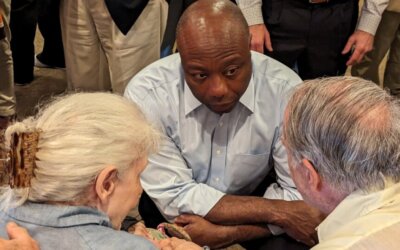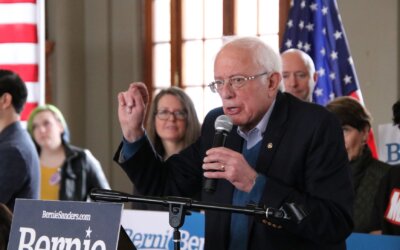
Realignment trends in a suburban Iowa precinct Monday night proved Pete Buttigieg to be the strongest second choice of caucus-goers, with Sen. Elizabeth Warren not far behind.
Iowans caucused in Ankeny 10, a largely white, affluent community on the outskirts of Des Moines, in a local elementary school surrounded by new housing developments. With eight county-level delegates to elect and a viability threshold of 32 supporters, the group of 209 caucus-goers consisted of a number of strong groups dressed in support for the precinct’s four viable candidates: Buttigieg, Warren, Sen. Bernie Sanders and Joe Biden.
Between the first and second alignment, Buttigieg saw the largest shift in support, receiving three county-level delegates after 26 residents switched over, making his final number of supporters 83. Warren received two delegates with 45 supporters, after gaining 10.
Sanders and Biden saw a smaller gain in supporters. Biden received one delegate with 35 supporters, after gaining three, and Sanders got two delegates and 44 supporters after gaining three in the final alignment.
Before the final results, first alignment gave Biden 32 supporters, just making the viability threshold. Minnesota Sen. Amy Klobuchar had 29 supporters, just shy of the threshold. Warren had 35 supporters and Sanders had 41. Buttigieg led with 57.
Andrew Yang had 10 supporters, Tom Steyer had one and Congresswoman Tulsi Gabbard had two. Most of the Yang and Klobuchar supporters traveled to Buttigieg, while the rest split between the other three viable candidates.
[inline-ad id=”0″]
Rachel Denton, 26, a Sanders supporter, said she was confused that many Yang supporters realigned with Buttigieg, because of the two candidates’ ideological differences.
“I saw a couple of Yang supporters go to Pete, even though I don’t think Yang is moderate at all,” Denton said. “I’m interested to see if someone who’s in a group that’s not viable, if they will end up choosing the more moderate candidate. It makes me a little bit nervous that people are gearing towards or gravitating towards that moderate way, playing it safe as a second choice.”
Klobuchar was the only member of the top tier candidates who did not originally have a precinct captain. Her supporters, upon finding they were just short of viability, sent representatives around and were able to gather a few more Ankeny residents to support her. They gathered 31 supporters in the end — again, just missing viability. Most of the group then switched over to Buttigieg.
Craig Nida, 58, was one of the Klobuchar supporters who eventually sided with Buttigieg. Nida said he knew he might have to make that transition coming into caucus night.
“That was my plan, [to switch from Klobuchar to Buttigieg]. I wanted to help make sure Amy was viable, knowing that I was thinking I would go with Pete, but I wanted to help push Amy over the line,” he said.
Susan Rhoades, 68, was also a Klobuchar supporter who switched to Buttigieg, but said she wasn’t sure she would have made this decision at the start of the night.
“I was kind of undecided, but … I like what he has to say. Again, that middle of the road,” Rhoades said.
Persuasion strategies ensued between the decisions, where groups of supporters chanted their candidate’s name, and several representatives from each camp came to smaller groups in hopes of convincing any undecideds.
Adam Hook, 40, and James McNamara, 43, were Warren supporters who caucused but didn’t really attempt to convince supporters of non-viable supporters.
“I was like, I don’t want to talk to these people and they don’t really want to talk to me,” McNamara said.
Hook attempted to bring people over to Warren, but was unsuccessful.
“I knew one person in the Klobuchar group and I went over to talk to her and she said, ‘I’m not coming over,’ and I thought, OK! I could tell she didn’t want this,” Hook said.
Nida was surprised Sanders’ group wasn’t more vocal about persuading undecided supporters. In 2016, he said, Sanders supporters were much more convincing.
“I would have expected that the Bernie people were going to be a little more energized, a little more vocal, a little more trying to steal. And they weren’t doing that, so I thought more of that. They’re a little more militant. But they weren’t doing that,” Nida said.
By Isabella Murray
Posted 2/4/20
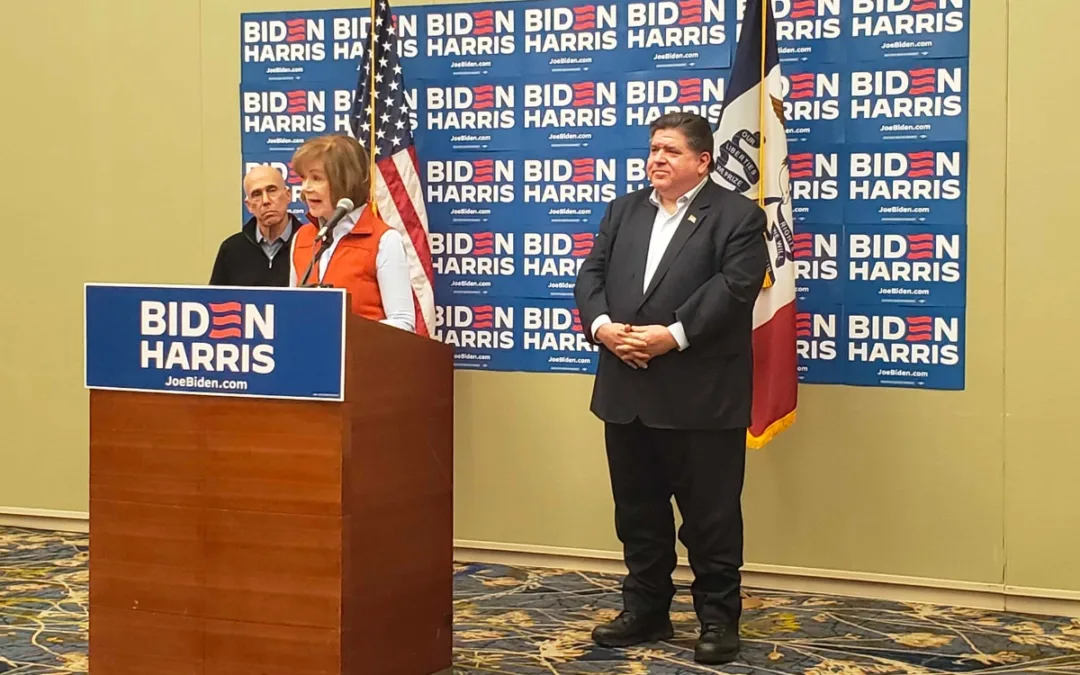
Original, heels or boots: Pritzker says leading Republicans are all MAGA
Illinois Gov. JB Pritzker said all three leading candidates in the Iowa GOP caucus—Donald Trump, Nikki Haley, and Ron DeSantis—represent the same...
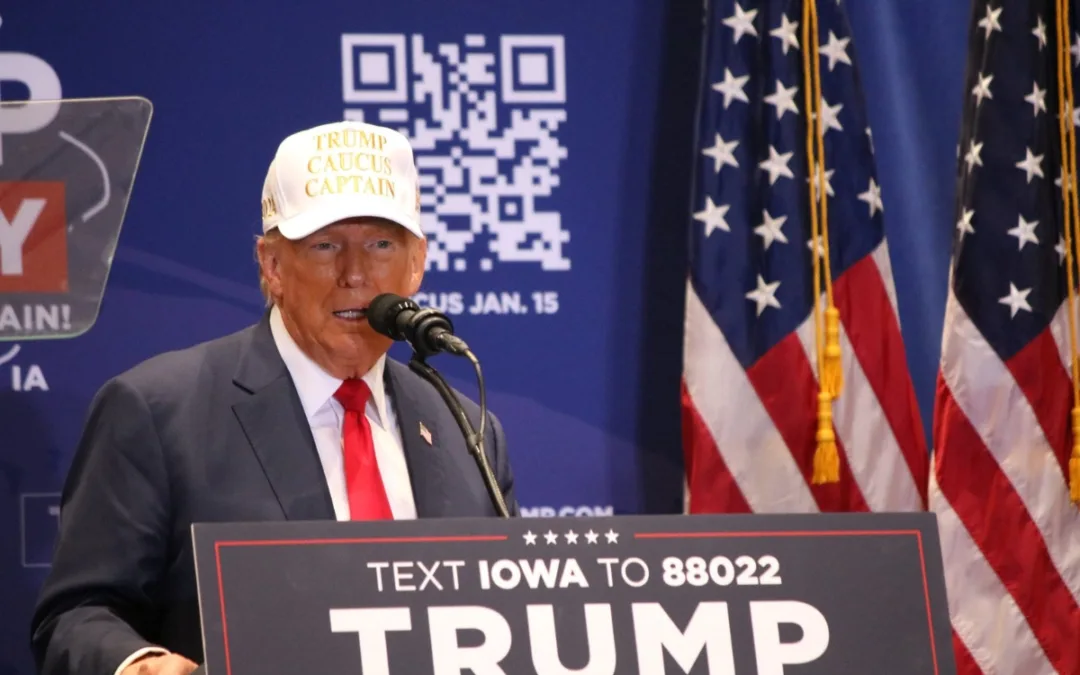
Trump tells supporters it is worth dying to caucus for him
Former President Donald Trump continues to encourage his massive base to turn out in droves for him during Monday’s Republican caucus and told an...

Climate change protesters disrupt Ron DeSantis event
Climate protesters disrupted a Gov. Ron DeSantis campaign event in Ames on Thursday night. Three protesters were escorted out of the room at...

Evangelical leaders predict huge caucus turnout, downplay endorsements
Iowa caucus candidates have racked up big-name endorsements—including a notable last-minute flip flop—but one evangelical leader said none of that...
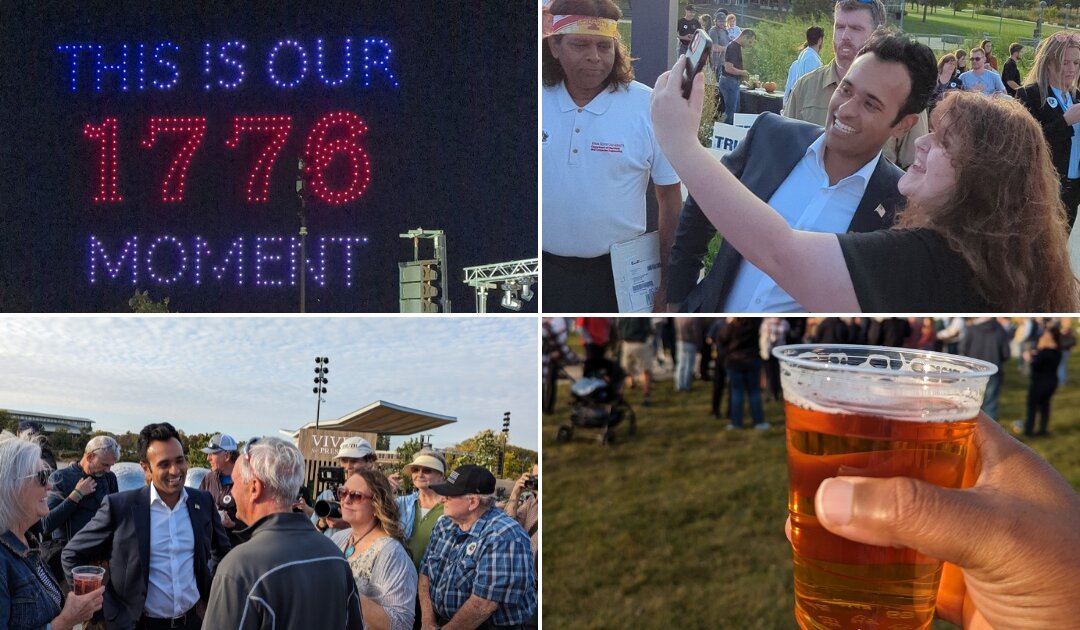
We went to Vivek Ramaswamy’s ‘Vektoberfest.’ Here’s what we saw
As I sat on a park bench eating a bacon-grilled cheese sandwich, drinking an Exile Ruthie straight from the tap, and chit-chatting with a few folks,...
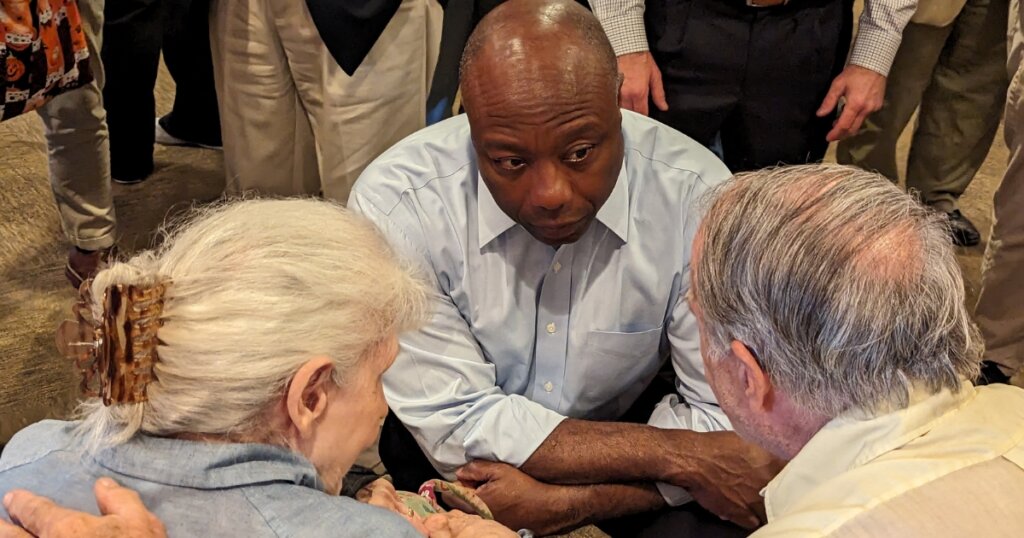
Tim Scott says kids need more exposure to conservatism
While many Republicans across the country have spent the last few years arguing that public schools are being used to indoctrinate kids into leftist...


